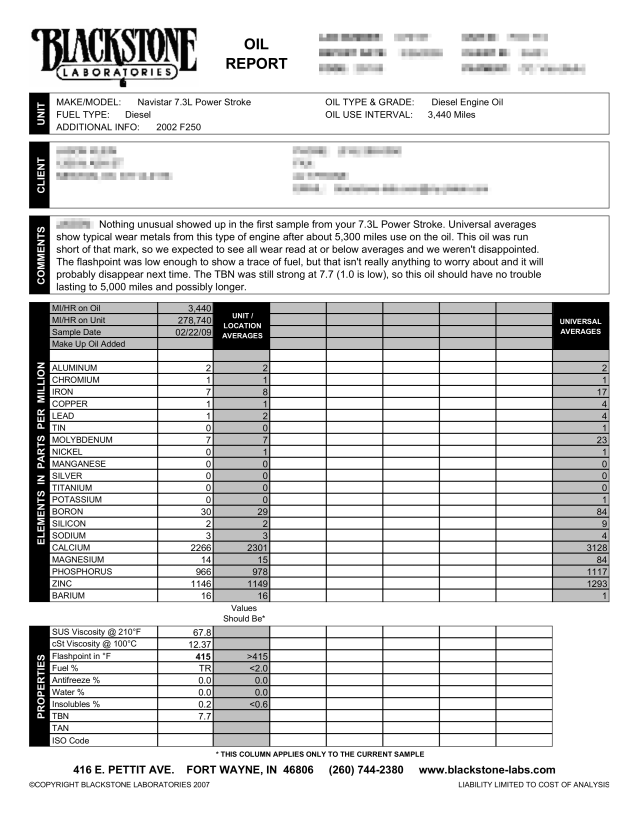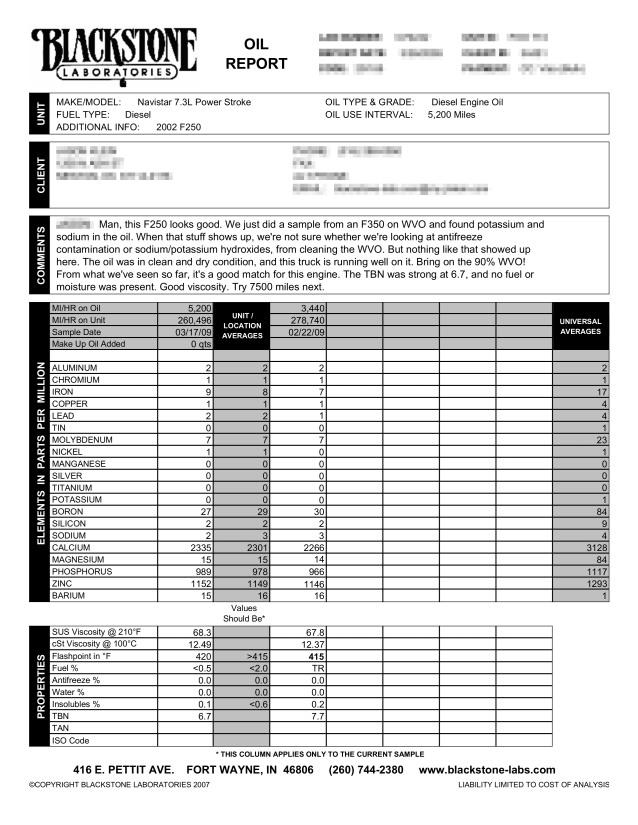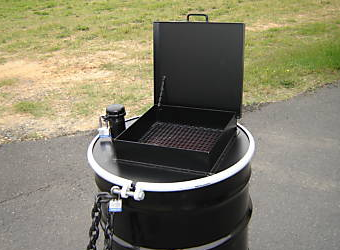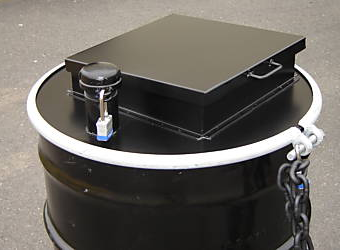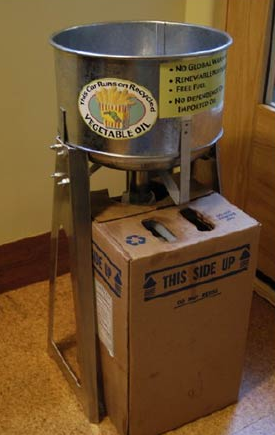Requesting and collecting WVO …
I’ve been spending a lot of time thinking about my WVO sources and am at various stages in the requesting and collecting process with several different sources.
I am now on a first name basis with kitchen staff at the “Tuesday morning” Canola oil source (day of my pickup, not the retail store) that my blending friend is sharing with me. They pour their fryer oil into metal buckets and set them just inside the back door. I simply pour those buckets into 5 gal paint buckets, but anticipate furnishing them with a Plant Drive funnel and stand so that we can pour the oil back into the original 35# containers. Sometimes 1-2 metal buckets contain hamburger grease, so I drive those to their grease dumpster for them since it is about 4-5 city blocks from the kitchen. I noticed that the container seems to contain a lot more grease than it did a few months ago, so I asked them if they changed the oil multiple times per week in case we were missing a pickup. He confirmed that they were not right now, but that there is a chance they might start changing oil more frequently in the summer months. There must be another kitchen at the facility.. sure wish I knew where the extra oil was coming from so that I could pickup before it lands in the rendering company’s container.
I am waiting for my new 55 gal drum lids to arrive so that I can furnish containers to two fast food restaurants. Billy said that they shipped yesterday. I know the person who owns the two sites, but need to get to know the managers and staff at each site. I also need to firm up a company name and phone number that I can list on the containers. These sites will output a mix of Soybean oil (SO) and Hydrogenated Soybean oil (HSO) that also contains some shortening and TBHQ. Plenty of people advise against the use of any Hydrogenated oil in your SVO/WVO setup. Several sites (ie: PlantDrive FAQ) advise against the use of Soybean oil because of it’s high Iodine values and high free fatty acid (FFA) values. I will probably have to trade all of this oil for credit toward B99 at the local biodiesel plant. I’ll just mix the B99 with my Canola WVO. I’ll try this for a month or so and see how the numbers work out. I’m hoping the biodiesel plant will exchange their 70 gal/wk of WVO (~$0.75/gal?) into 20+ gal/wk of B99 ($2.20/gal). Even if I am not able to use raw Soy Oil, the B99 should be safe and this type of volume will meet nearly all of my week-to-week fuel needs with just a few hours of work each week.
I’ve approached a local kitchen that I already visit weekly or more for community service/club meetings. I already know the manager and a hand full of staff on a first name basis. Their menu mentions something about using healthy vegetable oil. I started by checking the oil quality in their dumpster (dark liquid), then left a letter for the manager (based on this Clean Grease post), then followed up with the manager in person at a community event a few days later (this was planned/expected), then received call from his boss (owner?) who said they were getting paid for oil so I offered to provide a quote if I could pickup a sample. I picked up a sample yesterday. The original 35# container lists ingredients as Soybean Oil with TBHQ. Well, crap! They would only produce about 70# (15 gal) per week, so this is probably not going to be worth quoting $0.25/gal to $0.50/gal if I only end up receiving $0.75/gal credit from the biodiesel plant.
I’ve been introduced to another local kitchen that might have Canola oil. The manager seemed receptive to the idea of having me pickup their oil, but I could tell that she would want me to quote a price per pound or per gallon that I would be willing to pay them. I need to send the manager an email with some information, but am trying to firm up a few particulars (ie: company name, road tax registration, 1-2 most important questions for them .. oil ingredients? oil volume?) and produce a few staged action photos (ie: picture of me refilling 35# container with funnel and stand, picture of outdoor containers at the two restaurants I described above, picture of me pouring filtered WVO from original 35# oil containers into my truck) before I make contact again. It seems that about the only way I could justify paying $0.07/lb or $0.50/gal for any WVO would be if they were using pure Canola oil and were willing to pour their waste oil back into the original containers to avoid contamination (water, etc).
My goal is to establish 2-3 sources that generate a total of about 45 gal per week, even though I am only consuming an average of 25 gal per week. I could store the reserves in my 275-gal poly so that I don’t run dry even when I take my occasional long trips (500-2000 mile round trip).
